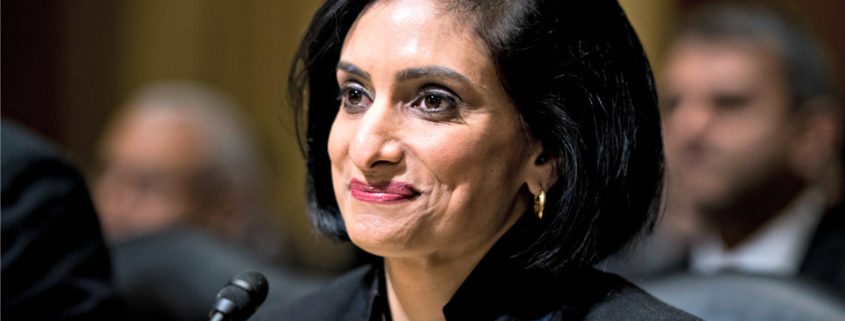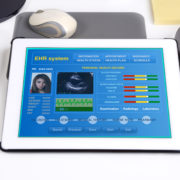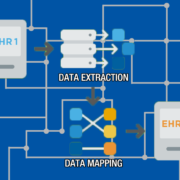Seema Verma: ‘It’s good to move away from paper’
 This article was originally published by Scott E. Rupp on Multibriefs.com
This article was originally published by Scott E. Rupp on Multibriefs.com
Electronic health records need a makeover, and the way they are used must change — so says Seema Verma, the administrator for the Centers for Medicare & Medicaid Services (CMS).
The industry needs a new focus and a renewed vision after a decade of the technology living at the middle of healthcare. Coverage of their use has waned in the past two or three years as meaningful use has matured, and some have called for the repeal of stage 3 of the federal incentive program.
Given Verma’s position and the height of her soapbox, the words of her Dec. 1 speech at the annual meeting of the Office for the National Coordinator for Health Information Technology (ONC) in Washington, D.C., has additional weight. According to Medical Economics, Verma said she has heard a great deal of frustration on the part of physicians during her initial nine months in office.
She said she’s heard regularly that physicians don’t think the health IT systems were “built for them, but more suited as billing systems.” Verma said she understands that lack of user buy-in by physicians affects their job satisfaction, patient care and many of the initiatives generated by her office.
“We hear that physicians are taking time from patients [to deal with EHRs] and staring at computer screens,” she said.
That’s a well-known voiced comment from the industry, a problem that was initially supposed to be solved by the technology — or so the story was told.
Verma said she’s also seen firsthand that the technology has not always led to efficiency. In discussing data reporting for CMS with one hospital, she said it “turned my stomach” that the facility had to hire 18 people to manually extract information from its EHR versus having the technological means to collect and report the information required by CMS.
“We are at the point that we need to reset and look at how we go forward,” Verma said regarding EHRs and data sharing. “Interoperability is critical … and we need to make it easy for patients to move around when it comes to their information.”
Using personal examples in an attempt to let those in healthcare know that she can relate to their frustrations, she shared the story of her husband who suffered from cardiac arrest at an airport earlier this year. According to Verma, her husband underwent several tests to gain a diagnosis, but when it was time to leave the hospital and return home she asked for a copy of all the test results to share with her husband’s at-home care team.
“They [the physicians] all looked around at each other,” she said. “They didn’t know how to do it.”
When discharged, Verma said she took home a five-page summary of her husband’s diagnosis and a CD-ROM — not the most confident way to leave the hospital given the push over the last several years by her current organization’s for interoperability and electronic information sharing.
According to Medical Economics, she said her “patients first” initiative that CMS has implemented was created to “stress patient engagement in the healthcare process. This runs the gamut from record access to being able to understand health plan options.”
While CMS has focused on interoperability for years, it’s personal to her.
“One of our main issues is getting interoperability for EHRs and making them responsive to providers,” Verma said. “EHRs are a good thing, and it’s good to move away from paper. It is a matter of how they are designed.”
She also acknowledged her agency’s role in impeding patient care in the form of the 11,000 pages of regulations CMS generates annually, saying it can have “a suffocating effect” on healthcare delivery in the U.S. She said she wants to reduce regulation. More on that to come, apparently.










